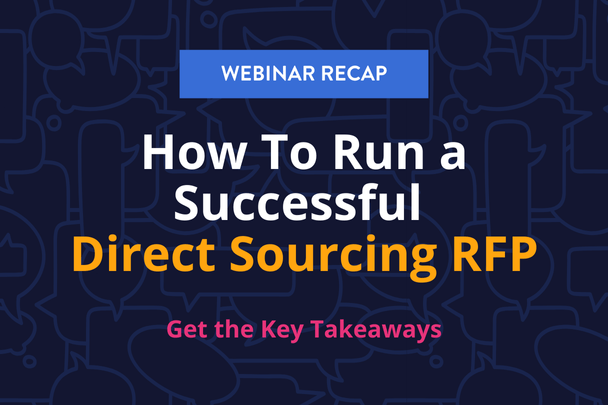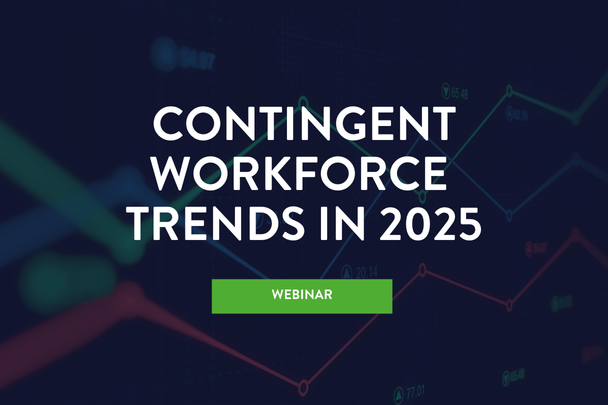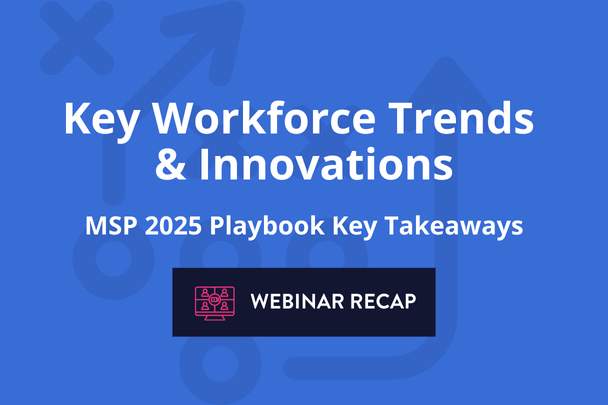You’re reading this article for a reason. That reason is most likely the fact that you have an HR challenge and you’re looking for a solution. If you’re looking for clarity around the confusing topic of outsourced payroll and/or HR solutions, you’ve come to the right place.
Much of the time, confusion is centered around the varying capabilities of a service provider in relation to your company’s needs and your workforce strategy.
Benefits of working with a third-party provider for payroll and/or HR solutions may include reduced administrative burden, access to benefits for employees and benefits administration, relief of tax risk and responsibility, as well as protection from IRS audits and subsequent fines.
With all the solutions available, which one is right for your business?
What is a Payroll Service Provider (PSP)?
A Payroll Service Provider (PSP) takes on some or all of a companies’ payroll functions. The basic functions of a PSP include, but are not limited to, paying employees via direct deposit or printed check, preparing and filing quarterly and year-end tax reports, and making related tax payments. These providers help ensure compliance with the IRS filing and deposit requirements but in the event of default by a third party, the employer remains responsible for the deposit of the federal tax liabilities and timely filing of returns.
Tip: Look for a PSP who offers a guarantee to pay any fees associated with IRS fines that come as a result of their own negligence.
Who might engage a PSP? Any business that doesn’t have in-house expertise or bandwidth to manage their internal payroll might engage a PSP.
Who is technically the employer? When using a PSP for basic payroll functions, the client company remains the sole employer of the employee.
What are the risks of using a PSP? Ensuring that your employees are paid correctly, and on-time, is a big deal, so you must entrust this responsibility to a reputable company. In addition, although the PSP is contractually obligated to handle tax payments and filing, the IRS liability remains with the PSP’s client company.
What is a Professional employer organization (peo)?
A Professional Employer Organization (PEO) provides more comprehensive HR solutions for small and mid-size businesses. Depending on the contract and terms, a PEO assumes and manages critical human resource functions (such as benefits administration), risk management, personnel responsibilities, financial responsibilities (payroll, taxes, compliance) and employer risks for businesses by establishing and maintaining an employer relationship with client employees.
A Certified PEO declares responsibility for payment of employment taxes, filing returns, and making payments and deposits for taxes reported for their customers’ worksite employees with IRS Form 8973. The PEO and their client may have a shared responsibility for taxes and filings related to wages paid to non-worksite employees.
Tip: Make sure that you are working with a Certified PEO. This means they have provided extensive company and financial information to the IRS and received the CPEO designation from the IRS. This also means that if the CPEO vendor fails to fulfill its obligations, the vendor will bear the legal and financial burden, rather than your company.
Who might engage a PEO? A small to mid-sized company that wants to be able to offer benefits to its employees at a competitive price. PEOs employ thousands of employees for different companies. They can blend a large number of employees to lower the cost of health insurance and unemployment taxes.
Who is technically the employer? In a PEO arrangement, the PEO and client company are co-employers of some or all the client company’s worksite employees. A distribution of employment responsibilities will be outlined and agreed upon in the service contract. Generally, the PEO does not recruit, screen, supervise or terminate the workers.
What are the risks of using a PEO? For companies with large and growing payroll, or highly compensated employees, a PEO can become costly very quickly. Additionally, with co-employment relationships, there is still a liability on the employer for compliance with the FLSA, FMLA, and federal laws that prohibit discrimination in employment (the ADA, ADEA, Title VII of the Civil Rights Act, and the EPA).
What are employer of record (eor) payrolling services?
An Employer of Record company assumes the responsibility of all traditional employment tasks and liabilities. This is inclusive of serving as the employer for tax purposes, benefits, and W-2 payroll while a worker performs their job duties at a different company. Oftentimes, populations assumed by an EOR are those categorized as your contingent workforce – for example seasonal, contract, project-specific or out-of-state/country workers.
Tip: Search for an EOR partner that is well-versed and experienced providing these services in your desired geographic area, as state-by-state regulations can differ. Additionally, consider your future growth plans – is your EOR structured to scale with you nationally and/or globally? Finally, remember that your selected EOR has your company’s reputation in their hands. Partner with a firm that truly feels like an extension of your team. It is an added bonus when your EOR partner offers both EOR & AOR services to consolidate vendors for temporary employees (W-2) & Independent Contractors (1099).
Who might engage an EOR? There are many reasons why companies choose to engage employees “off their books” through an EOR; most often to reduce administrative burden and mitigate risk. Reducing admin burden includes avoiding multiple state registrations & government tax filings, handling all onboarding/offboarding, termination assistance, leave administration, and more. Risk mitigation involves ensuring compliance and adherence to FLSA proper classification (exempt vs. non-exempt).
Who is technically the employer? The EOR is exactly what is states – the employer of record. They are responsible for all employer-related responsibilities.
What are the risks of using an EOR? The good news is that co-employment risk is greatly reduced by utilizing an EOR, although it is important to note it is not fully eliminated.
Choosing the right program begins with outlining your company’s needs and workforce strategy, then stacking them up against each available solution. Still feeling a little lost? At Atrium, we work closely with our partners to help identify, guide and design the right workforce models for them.








